At a time when B2B buyers’ habits are changing, which affects where, when, and how they do business, sellers need to change how they sell.
Think about the process of quoting. Most B2B customers now do their research and ask different vendors for price quotes. They expect to get accurate answers to their requests on the same day. But many businesses need help putting together a great quote for customers. This happens when you have a lot of products, configuration options, and information spread across different systems.
The quoting process can involve back-and-forth emails and phone calls. Also, back-breaking internal coordination and lengthy approvals. They only have a little time for other things.
Because of this, businesses are turning to configure price quote technology that works well.
This software changes the game because it automates and improves the process of creating quotes and taking orders. But that’s only the beginning. With a configure price quote solution, businesses can use the power of digital selling by putting their selling, pricing, and strategies on a single platform. For business performance, there are a lot of benefits, such as consistent pricing across all channels, more sales, stronger relationships with customers, shorter sales cycles, internal collaboration with pricing teams, and more predictable sales, to name a few.
So, how do you choose the best CPQ tool for your organization and get these benefits?
Here are the seven important things that a Configure Price Quote solution must have
Adaptable Product Catalog:
Choose a tool with both a digital product catalog and guided selling questionnaires. This will help salespeople find the right products, even if your company has tens of thousands of SKUs.
Scalable Configurations That Don’t Make Mistakes:
You need a powerful configuration tool driven by AI that lets construction cost estimators create complex, error-free configurations. When any sales team member can effectively configure any product for any customer, the sales teams not only close more deals but can also use AI to bundle the right products or services to get the most out of the deal.
Capabilities For Advanced Visualization:
Many visualization and configuration techniques (2D, 3D) make complicated products easy to set up and give customers an effective way to check the products and services.
Ability To Handle Large Bids Or Requests For Proposals:
How complex are your quotes? Look for the ability to create and manage quotes, bids, and requests for proposals (RFPs), even if they have thousands of line items.
Suggestions Made For You:
The configure price quote tool you choose should use AI to analyze different buying behaviors, such as gap analysis, churn detection, and buying patterns that don’t match up. Then suggest products that will help you cross-sell and up-sell more effectively.
Dynamic AI Price Optimization:
When salespeople have access to the right pricing for every deal, they can create and manage quotes for all selling scenarios—spot orders, subscription orders, and sales agreements—on their own, without the help of sales operations or the pricing deal desk. This can speed up the quoting process by a huge amount. The tool uses AI-based price recommendations to help close rates go up while revenue and margin leakage go down as little as possible.
Streamlined Sales Agreements:
This feature makes it easy to create, change, renew, and extend agreements while keeping you up to date. This feature should be available for changing prices for many items. This would allow businesses to respond to changes in the market and new strategic directives.
Conclusion
A qualified construction cost estimator must create a cost estimate on their own. Quick Devis can help you get the most accurate estimate of your project’s cost. With this information, you can figure out if it’s possible. You can get a budget, deal with problems early on, compare quotes, and ensure the design process goes the most cost-effectively.

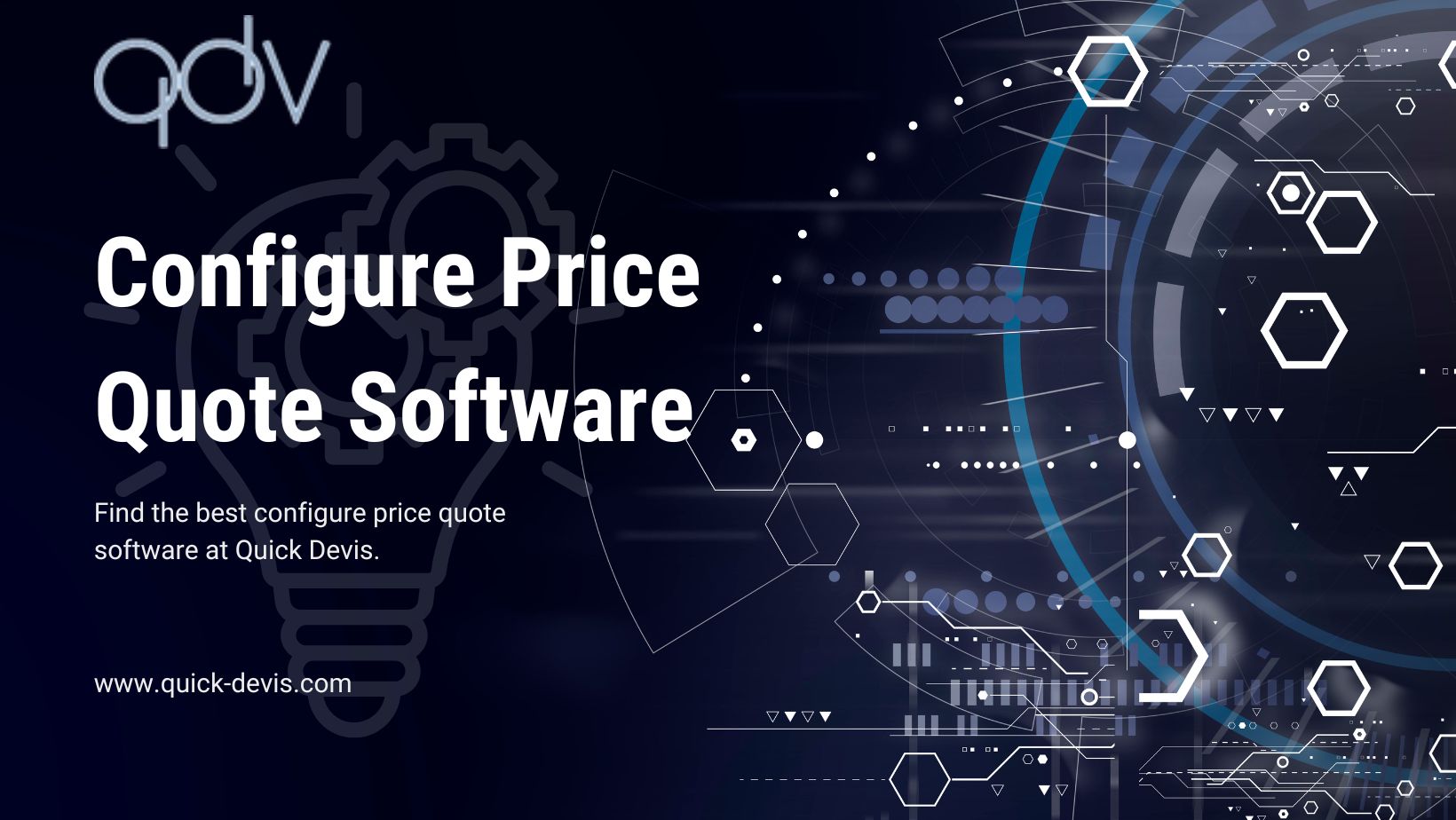
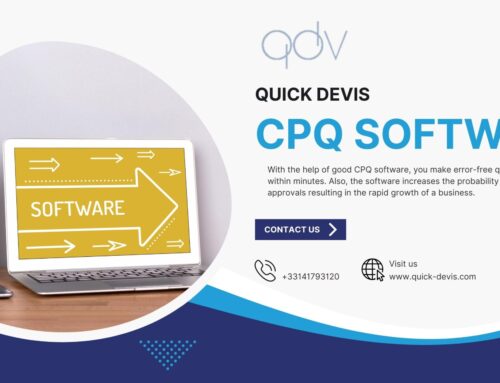
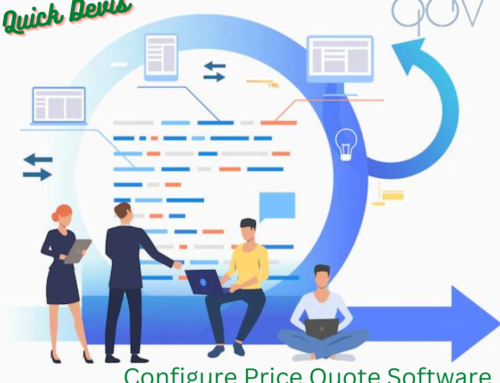
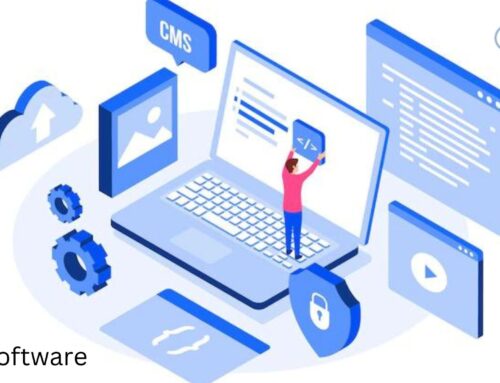
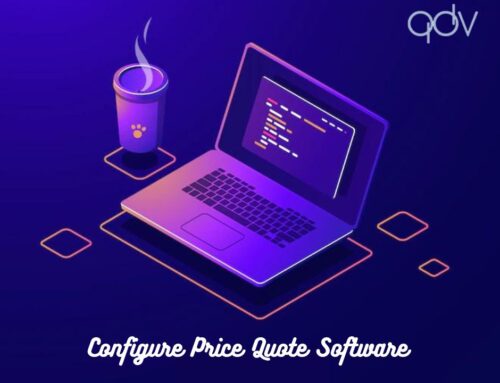
Leave A Comment
You must be logged in to post a comment.